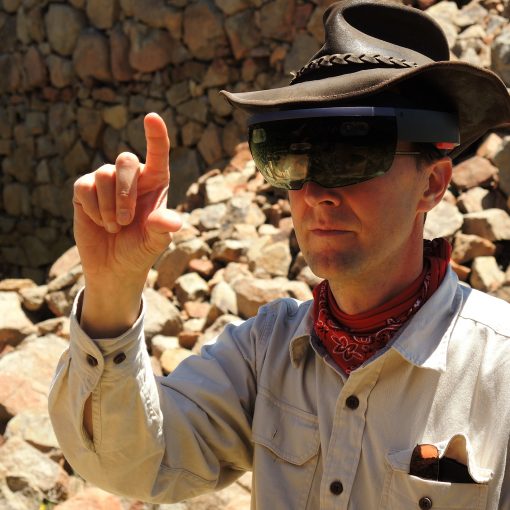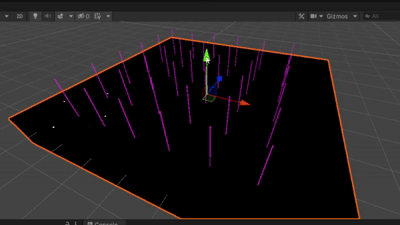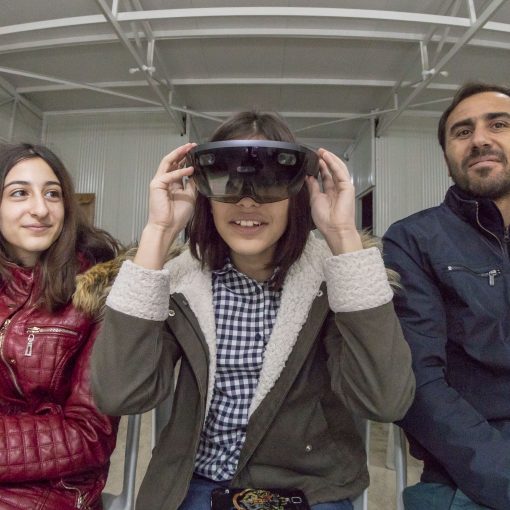Jessica Robkin, a DATCH team member, has successfully defended her dissertation titled “Heterarchy or Hierarchy: Modeling and Simulation Applied to Social Organization at the Late Iron Age Site of Kerkenes, Central Anatolia.” Robkin has been working with her advisor (and DATCH PI), Dr. Scott Branting of UCF’s Anthropology Department and Director of the Kerkenes Project, to do an innovative analysis of the site.
An abstract of her dissertation, which analyzes the site in modern-day Central Turkey, reads:
“During the late 7th to the first half of the 6th century BC a large urban center existed atop the Kerkenes mountain in central Anatolia. After a brief occupation that ended in a fiery blaze, the site saw only minimal activity until being visited by archaeologists first in the 1920s and then again in the 1990s. Archaeological work at Kerkenes has generated impressive digital datasets through remote sensing and traditional excavation that have identified the foundation of this once impressive city. These types of datasets have proven ideal for use with modeling and simulation methods that have successfully been used to understand the social organization of modern urban centers as understood through the spatial organization of their built environments. While using techniques from the modeling and simulation field is often used to understand modern cities, these methods hold value in understanding ancient cities as well. This study applies these methods to the extensive Kerkenes dataset to provide insights into social interactions within the city that can be understood through the organization and location of built elements within the urban space. The popular naïve k-means clustering analyses is used to understand how elements within the urban space cluster around specific elements within the built environment. The output from these analyses is used to inform a series of space syntax analyses to elucidate how the arrangement of the city’s built elements can be used to understand social interactions within the city. The methods herein used demonstrate the value of engaging in interdisciplinary research to answer questions related to ancient cities that can be used to address challenges within modern urban spaces, as well.”




